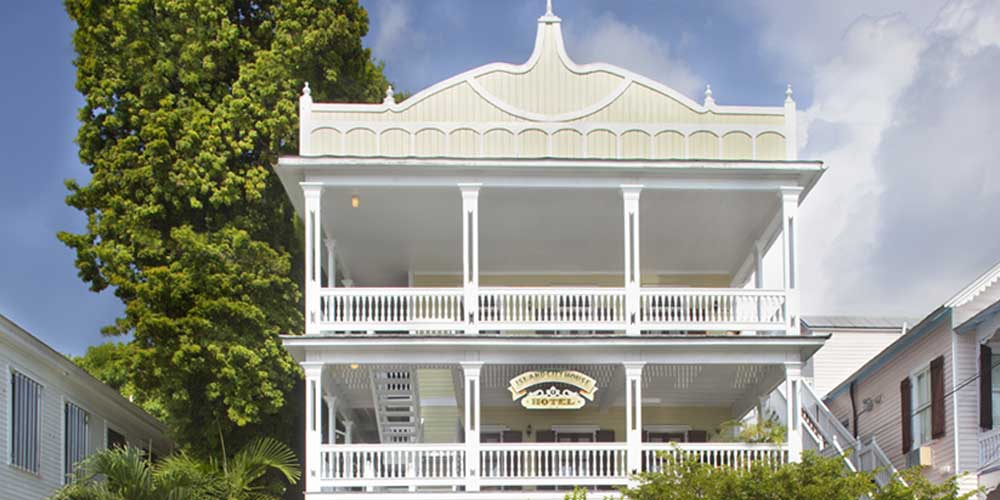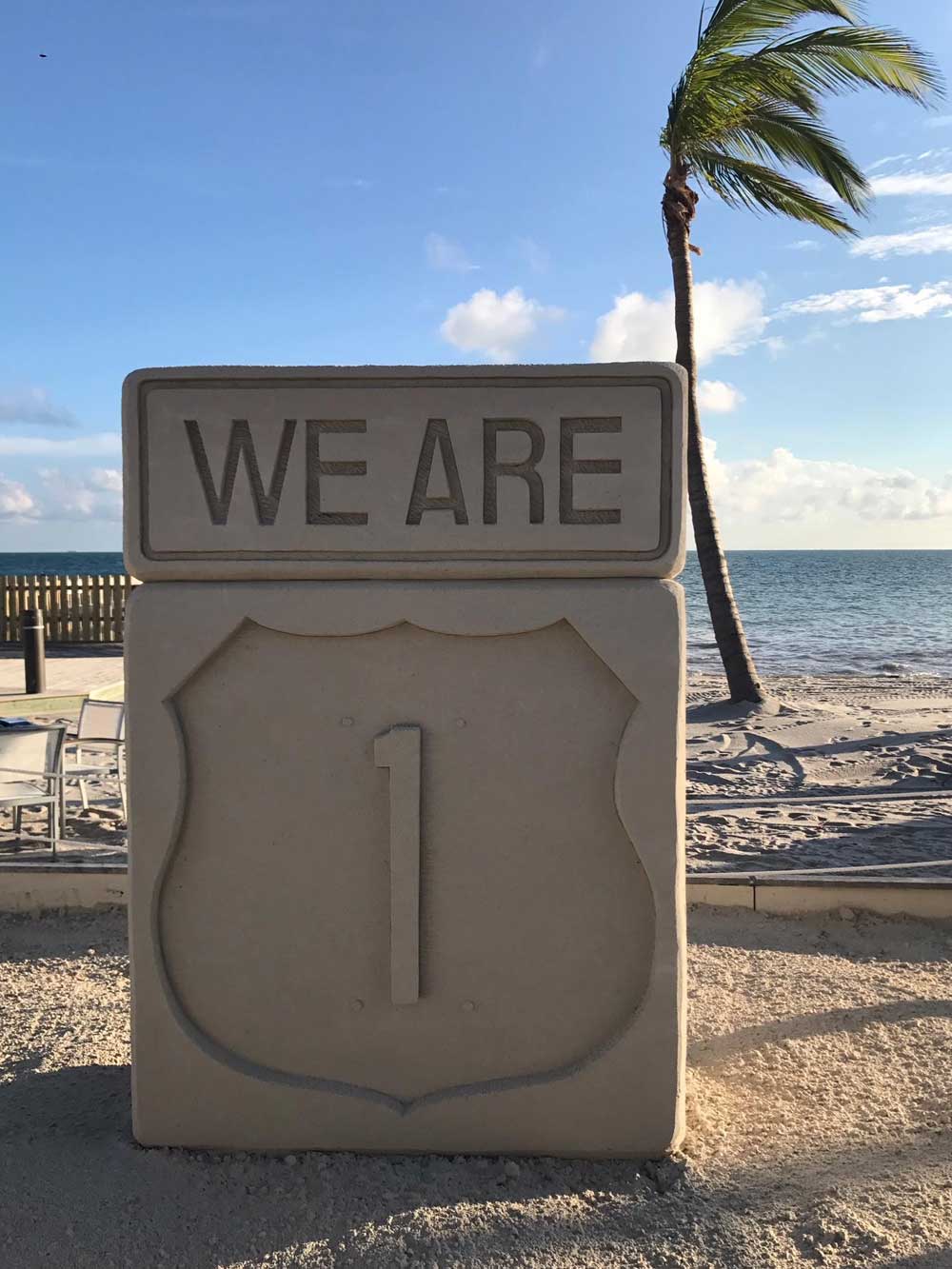

We often hear so-called experts, financial institutions, and property owners discussing the health of the Florida Keys and Key West lodging market. Certain segments within those overall markets are seldom if ever broken out of that discussion. Our brokerage work for lodging properties has primarily focused on historic Old Town Key West guesthouses and boutique hotels that have been grandfathered into our local zoning code and are a vital part of the unique tapestry that is “Old Town”. It is indeed that diverse and colorful tapestry that draws many, if not most visitors to Key West. The vast majority of these guests would never consider staying in New Town or Stock Island. Let’s take a look at demand in the overall lodging market compared to the Inns and small hotels in Old Town – we believe there is a significant difference in occupancy and revenue performance, particularly when overall demand weakens.
In the following article you will note a few terms discussed that you might not be familiar with. Occupancy rate is simply the percentage of rooms booked and occupied, let’s assume 85% for this example. Average Daily Rate, or ADR, is the base rate, before taxes, that hotels charge, let’s assume $275. And Revenue Per Available Room, or RevPAR is equal to occupancy rate times the ADR (85% x $275 = $233.75 RevPAR).
The past couple of years have seen the first decreases in occupancy and ADRs since the Great Recession. The year-to-year increases of occupancy and particularly ADRs over a 6 to 7-year period are unsurpassed in recent times and became the norm. In fact, in 2015, per the TDC, Key West was the highest RevPAR market in the United States after revenues increased a total of 65% in only 6 years.
These huge increases are unstainable even in a healthy market and predictably began to waiver in 2016. There were, however other clear reasons for an adjustment. Besides the anticipated growth adjustment, from 2015-17 the Key West hotel market of 4,542 rooms was forced to absorb 20% of its total inventory in the form of 371 new hotel units in Stock Island and at The Marker Hotel in addition to the 519 renovated rooms in New Town that came back online after being out of commission for a couple of years. And then, Hurricane Irma slammed into the Keys, and the national media inaccurately reported that the Keys were destroyed. Clearly some areas were, as our friends and neighbors up the road can sadly attest, but Key West was spared major damage – and that message never fully got out to the world.

According to Smith Travel Research (STR), Key West saw a 4% drop in both occupancy and ADR from 2016 to 2017, resulting in an 8% drop in RevPAR, although small properties experienced 2.5% less of that decrease. This drop was caused by the September hurricane and the slow recovery months for the remainder of the year. September was a disaster as practically every lodging property was closed for the month. Those owners who proactively reached out to their pre-booked guests to let them know that Key West was open for business fared better in the fall than those that did not. Everyone lowered rates to compete for the smaller pool of guests. The hurricane, coupled with comments from several owners that foreign guests had been arriving in considerably less numbers, perhaps, as two noted, from the current state of U.S. politics explains the drop in overall demand.
One successful and experienced innkeeper noted: Looking back comparing 2004 with 2005 after Hurricane Wilma, the situation was similar to what we are experiencing now. Key West really took it on the chin from inaccurate reporting (to put it nicely) by the national media during Irma. Just last week I received an email from a potential guest asking if Hwy US 1 was open to traffic yet - so the perception is still out there that Key West was destroyed by Irma. I think the long-term outlook for Key West is good for increasing profitability in the lodging sector.
2018, however, has seen improvement across the board. The owners note stabilization and even improvement over the same period last year. Occupancy rates have increased and with that, ADR rises will follow. The vast majority of owner respondents noted that occupancies are indeed basically back to prior levels or above, and several have raised ADR’s $20 of late – a good sign of the quickly recovering market. All innkeepers noted that the Old Town market has recovered.
The overriding and most important fact when analyzing supply and demand in the Key West lodging market is the fact that Key West has the highest barrier to entry market in the United States. Our ROGO protections and the critical need for affordable housing coupled with tightening restrictions on issuing no new transient licenses ensures that our lodging market supply side is fixed for the long term. With the continuing healthy demand, well managed properties are back to strong profitability.
In conclusion, the Key West Old Town historic inn market has returned to the high levels experienced prior to the 20% flood of rooms negatively affecting the supply side combined with the impact of Hurricane Irma. When demand for hotel rooms weaken for whatever reason, the RevPAR for outlying, less centralized hotels not only suffer to a greater extent than the well located Old Town Properties, but the centrally located properties also recover faster.
TRUMAN & CO. 1205 Truman Ave. • Key West, FL 33040 • Keith Bland • keith@keithbland.com • 305-304-6335